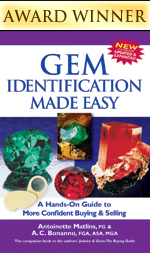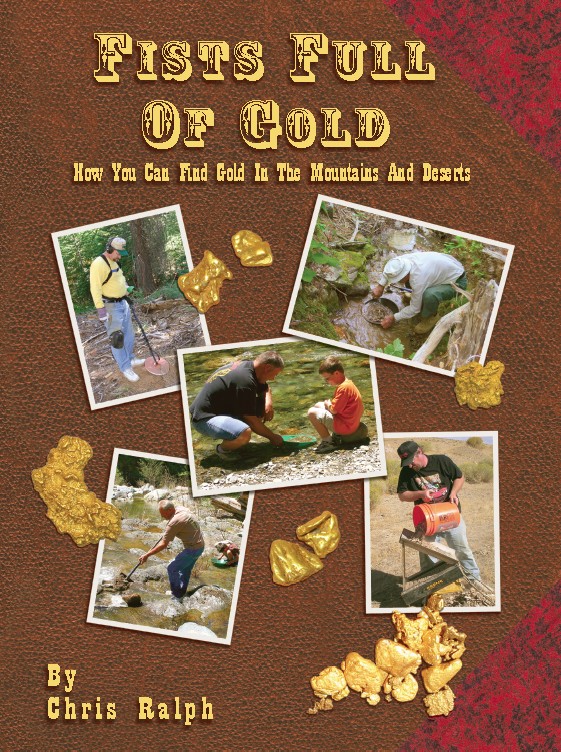In this 320 page book Roger McPherson condenses everything from 20 years experience as a prospector on how to find mineral deposits, stake a claim as well as how to sell mineral rights.
All you need is a gold pan, a couple of screens, a small shovel, a rock hammer, a hand lens and some sample bags. These are the essential tools needed to be a prospector. However, you can improve your chances of finding a valuable mineral deposit if you learn to recognize the signs of a viable mineral deposit. It is necessary to know the land status, research old records and then follow through by filing a valid claim. These are the skills needed to be a successful prospector.
In Modern Prospecting, an experienced prospector passes on information acquired through 20 years of classroom study, field work in the western states and Alaska
With its handy glossary and helpful information on government agencies, websites and other contacts for assays, suppliers, and geological bulletins, Modern Prospecting is the foremost how-to-do-it-right guide to prospecting in the twenty-first century.
Price USD $14.95
Please allow 4 to 6 weeks for shipping


